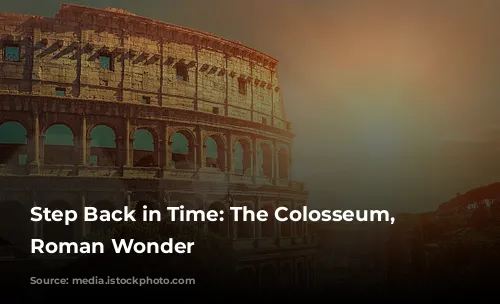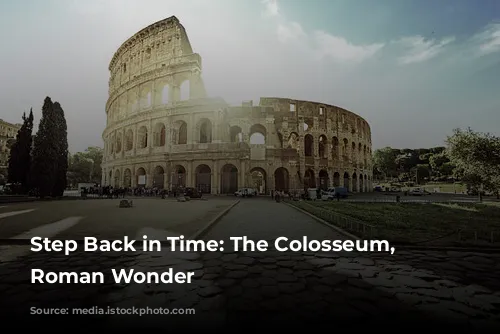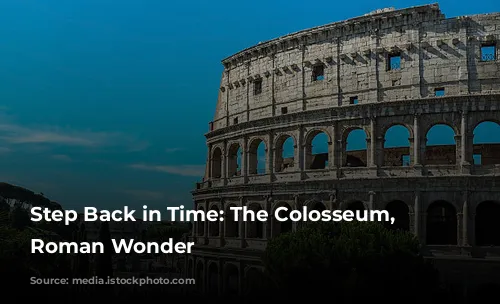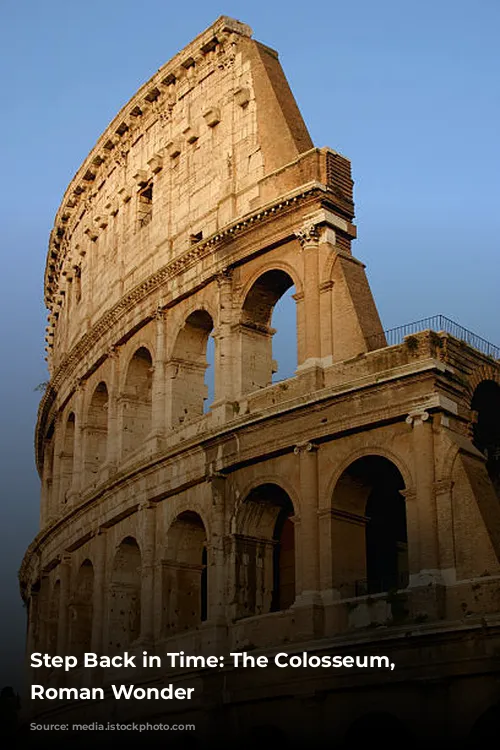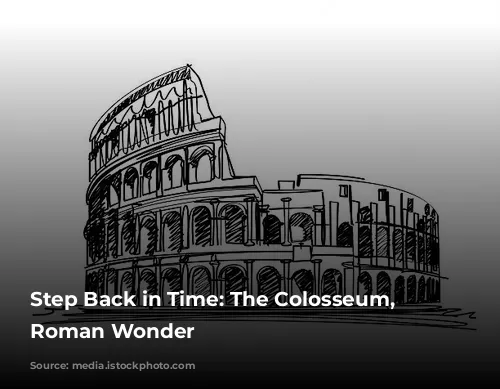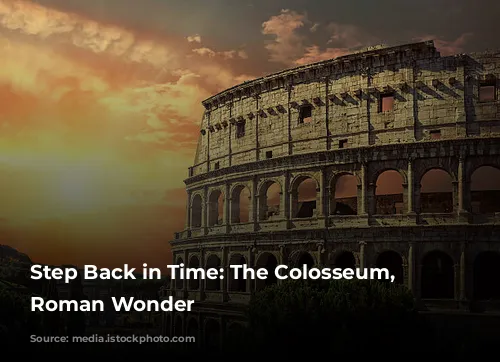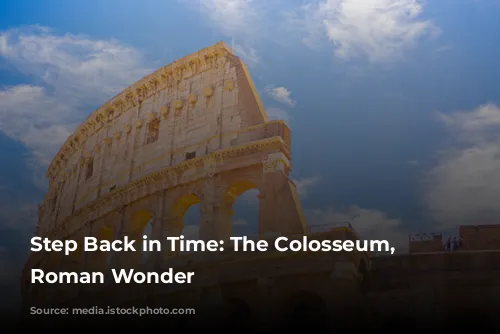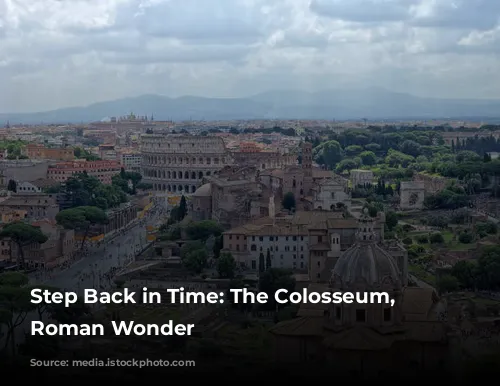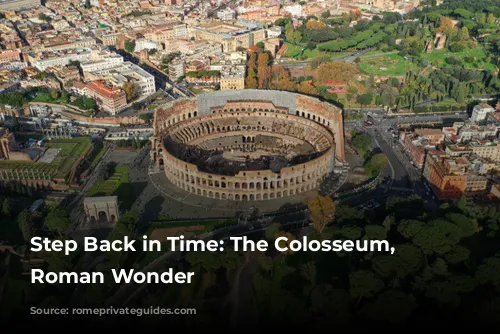Imagine a massive structure, capable of holding over 50,000 people, filled with the roar of the crowd, the clash of swords, and the spectacle of naval battles! This is the Colosseum, a monument that stands as a testament to the grandeur and ingenuity of the ancient Romans.
This article will unveil some fascinating facts about the Colosseum, exploring its construction, its incredible history, and its enduring legacy. Let’s dive into the world of gladiators, emperors, and the awe-inspiring Colosseum!
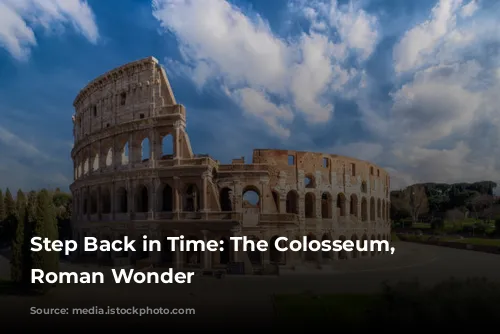
Building a Legacy: The Colosseum’s Construction
The Colosseum, also known as the Flavian Amphitheatre, was built during the reign of the Flavian Emperors, Vespasian and his son Titus. The construction took place between 72 and 80 AD, a testament to the Roman Empire’s ambition and engineering prowess.
This impressive structure, standing at over 50 meters tall and spanning 188 meters in length, is a symbol of Rome itself. It has attracted millions of tourists from all over the world, eager to step back in time and marvel at its grandeur.
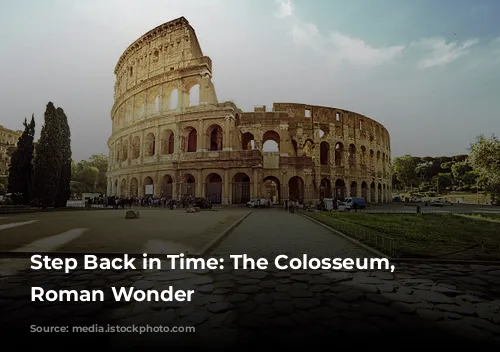
More Than Just Games: The Colosseum’s Spectacles
The Colosseum was not just a place for entertainment, but a true showcase of Roman power and culture. The grand opening was a 100-day celebration, a testament to the sheer scale of the events that took place within its walls. For over 500 years, it hosted a wide variety of spectacles, from gladiator fights and executions to exotic animal displays and even naumachie, staged naval battles!
Imagine the thrill of watching gladiators fight for their lives, the spectacle of exotic animals being paraded through the arena, and the sheer scale of a full-fledged naval battle taking place within this massive structure! These events were not only entertaining but also served as a powerful display of Roman military might and cultural prowess.

Unveiling the Secrets: The Colosseum’s Hidden Depths
The Colosseum is more than just a majestic shell. It’s a complex structure with an intricate network of underground tunnels, corridors, and chambers hidden beneath the arena floor. These spaces were used for preparing the spectacles, housing the gladiators, and even storing props and equipment.
The floor itself, known as the Hipogeo, was a marvel of engineering. It was made of a wooden structure covered with sand, creating a flexible surface that could be easily modified for different events.
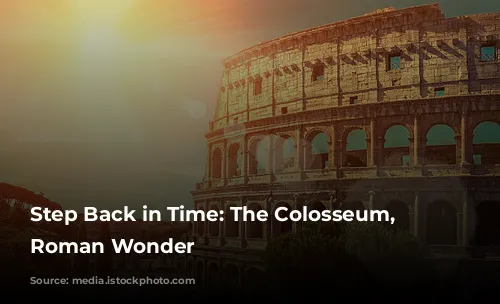
An Escape Route: The Colosseum’s “Vomitorium”
The Colosseum was designed with an innovative evacuation system that could handle the massive crowds that filled its seats. The vomitorium, a name derived from the sheer volume of people exiting, allowed 50,000 spectators to leave the arena in under five minutes.
Imagine the logistical challenge of safely moving such a large crowd! The Romans clearly understood the importance of crowd control, and the vomitorium was a testament to their ingenuity in managing large-scale events.

The Colosseum Today: A Legacy for Generations
Today, the Colosseum stands as a symbol of Roman history and a powerful reminder of the empire’s enduring legacy. It is one of the Seven Wonders of the Modern World, a testament to its enduring power and its ability to captivate generations of visitors.
As you stand within its walls, try to imagine the sights, sounds, and emotions that would have filled this magnificent structure. The Colosseum is more than just a collection of stones; it is a window into a vibrant and complex civilization, a reminder of the power of human ingenuity and creativity.
